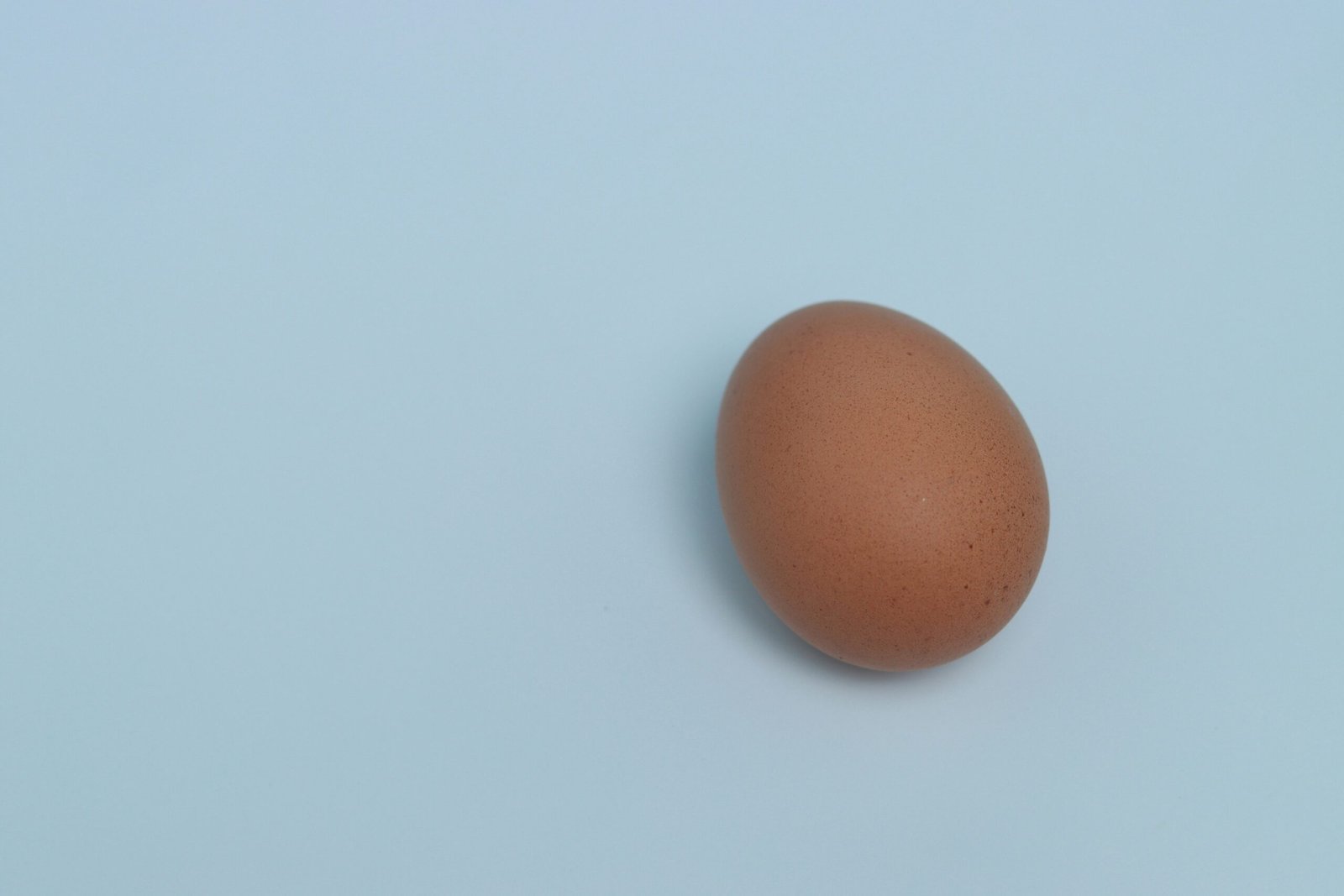Increase Egg Production
Increasing egg production is a common goal for poultry farmers and backyard chicken keepers alike. While egg production can vary depending on several factors, there are a few key strategies that can help boost egg production in your flock.
1. Provide a Balanced Diet
A well-balanced diet is crucial for optimal egg production. Ensure that your hens have access to a high-quality layer feed that is specifically formulated to meet their nutritional needs. This feed should contain the right balance of protein, carbohydrates, fats, vitamins, and minerals.
Supplementing their diet with calcium-rich sources like crushed oyster shells or limestone can also help strengthen eggshells and prevent calcium deficiencies.
2. Ensure Proper Lighting
Light plays a significant role in regulating a hen’s egg-laying cycle. Hens require a certain amount of light to stimulate egg production. Provide at least 14-16 hours of light per day to encourage consistent egg laying.
If natural daylight is insufficient, consider using artificial lighting in the coop. Use timers to ensure a consistent light schedule, and make sure to provide a dark period of 8 hours for the hens to rest.
3. Maintain a Clean and Comfortable Environment
A clean and comfortable environment is essential for healthy and productive hens. Regularly clean the coop, provide fresh bedding, and ensure proper ventilation. A clean environment reduces the risk of diseases and stress, which can negatively impact egg production.
Additionally, provide enough nesting boxes for your hens. A ratio of one nesting box for every 4-5 hens is recommended. Make sure the nesting boxes are filled with clean bedding, and regularly collect eggs to prevent broodiness.
Understanding Egg-Laying Cycles
Understanding the egg-laying cycle of hens can help you manage their productivity and overall health. Here are the key stages of the egg-laying cycle:
1. Pre-Laying Stage
During this stage, the hen’s body prepares for egg production. The ovary develops the yolk, and the oviduct prepares for the formation of the egg white and shell. This stage typically lasts about 24-26 hours.
2. Laying Stage
Once the egg is fully formed, the hen enters the laying stage. This is when the egg is laid. The entire process, from the release of the yolk to the laying of the egg, takes approximately 25-26 hours. After laying an egg, hens usually take a short break before starting the cycle again.
3. Resting Stage
After laying an egg, hens enter a resting stage where they take a break from egg production. This resting period can last anywhere from a few hours to a few days, depending on the individual hen.
Managing Broody Hens
Broodiness is a natural instinct in hens, where they become determined to hatch eggs and raise chicks. While broody hens can be an asset if you want to hatch eggs, it can also disrupt egg production in the flock. Here are some tips for managing broody hens:
1. Recognize the Signs of Broodiness
Broody hens exhibit certain behaviors such as sitting in the nesting box for extended periods, puffing up their feathers, and growling or pecking when approached. They may also pluck feathers from their chests to create a warm nest.
2. Break the Broody Cycle
If you do not want your hen to hatch eggs, it’s important to break the broody cycle. Remove the hen from the nesting box and place her in a separate area with no nesting materials. This will help cool her body temperature and discourage broodiness.
Some methods to break broodiness include placing the hen in a wire-bottomed cage or using cold water baths. However, always ensure the hen has access to food, water, and a comfortable environment during this time.
3. Divert Their Attention
Providing distractions for broody hens can help redirect their focus. Offer treats, such as mealworms or fresh greens, to keep them occupied. Increasing their activity level can also help discourage broodiness.
It’s important to note that broodiness is a natural behavior, and some hens may be more prone to it than others. If you want to hatch eggs, consider allowing a broody hen to do so, as it can be a rewarding experience.
By implementing these strategies and understanding the egg-laying cycle, you can increase egg production in your flock and effectively manage broody hens. Remember to provide a balanced diet, ensure proper lighting, maintain a clean environment, and take appropriate steps to manage broodiness. With these insights, you’ll be well on your way to a productive and healthy flock.


